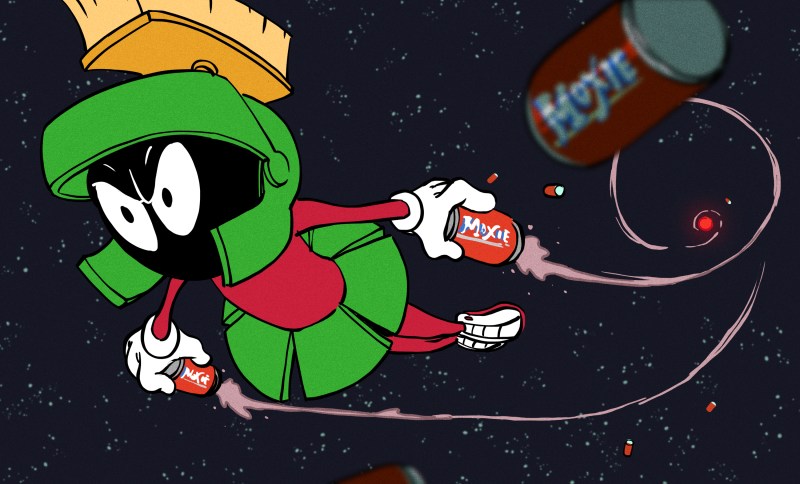The rule of thumb with planetary exploration so far has been, “What goes up, stays up.” With the exception of the Moon and a precious few sample return missions to asteroids and comets, once a spacecraft heads out, it’s never seen again, either permanently plying the void of interplanetary or interstellar space, or living out eternity on the surface of some planet, whether as a monument to the successful mission that got it there or the twisted wreckage of a good attempt.
At the risk of jinxing things, all signs point to us getting the trip to Mars reduced to practice, which makes a crewed mission to Mars something that can start turning from a dream to a plan. But despite what some hardcore Martian-wannabees say, pretty much everyone who goes to Mars is going to want to at least have the option of returning, and the logistical problems with that are legion. Chief among them will be the need for propellants to make the return trip. Lugging them from Earth would be difficult, to say the least, but if an instrument the size of a car battery that hitched a ride to Mars on Perseverance has anything to say about it, future astronauts might just be making their own propellants, literally pulling them out of thin air.
Living Off the Land
Even with the resource constraints placed on the Perseverance rover’s design by the full suite of science experiments planned for the mission — the sample caching system alone requires two dedicated robots and occupies almost all of the belly of the beast — JPL designers and scientists still found a way to squeeze two technology demonstrations into the rover. This is not without precedent; the Sojourner rover included on the Mars Pathfinder mission in 1997 was a proof-of-concept design that led directly to the remarkably successful Spirit and Opportunity rovers and eventually to Curiosity and Perseverance. Pathfinder also demonstrated the feasibility of using airbags to land payloads on Mars; while not useful for big payloads, we expect to see landings use the method again in the future.
While the Ingenuity helicopter seems to have captured the lion’s share of the general public’s attention, the Mars 2020 technology demonstration we find most interesting is the Mars Oxygen ISRU Experiment, or MOXIE. It’s not often you encounter nested acronyms, but that only serves to illustrate the complexity of the experiment. ISRU stands for “in situ resource utilization,” and refers to the extraction and use of materials found in space or planetary environments. Rather than shipping raw materials all the way from Earth to space, ISRU seeks to exploit what’s already out there. Other than stretching the definition to include harvesting solar energy with photovoltaics, we’ve done very little in the way of ISRU so far; NASA recognizes the need to change this model, and MOXIE is very much a step in this direction.
The Secret’s In the Ceramics
If an alien space probe were to come to …read more
Source:: Hackaday

